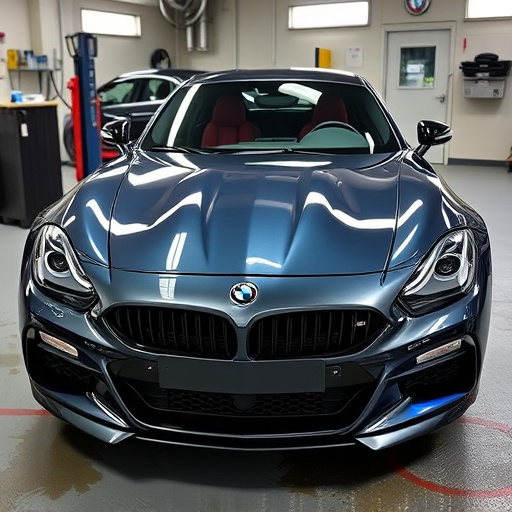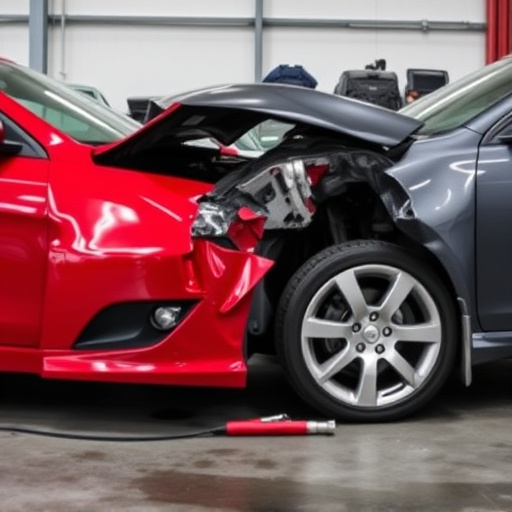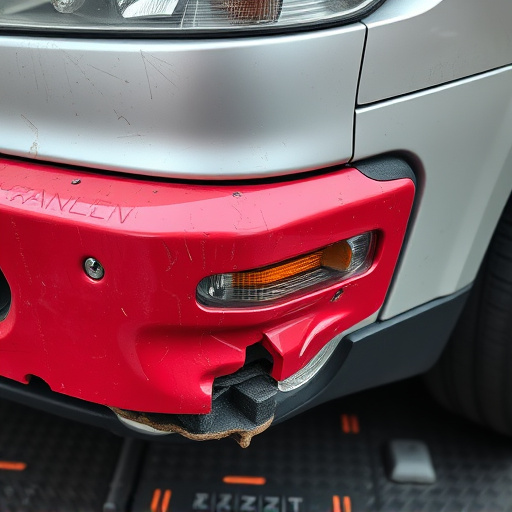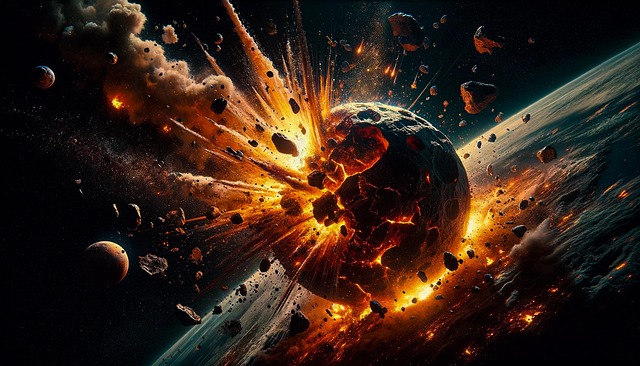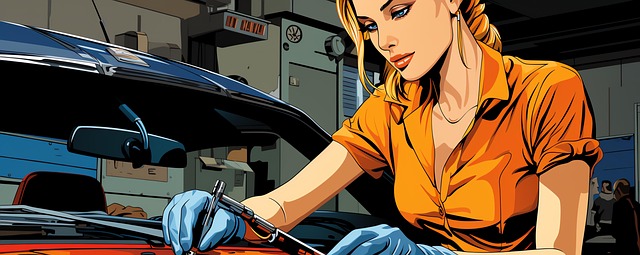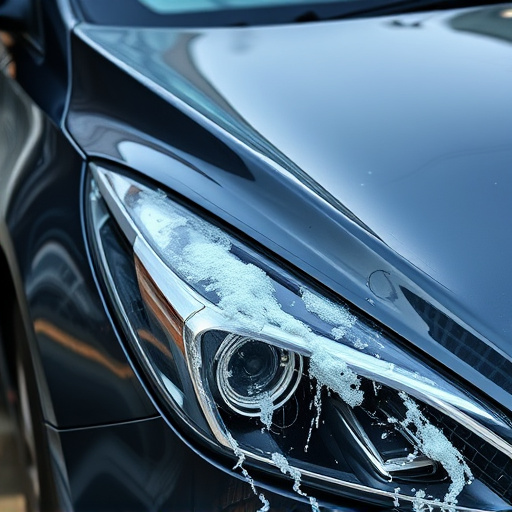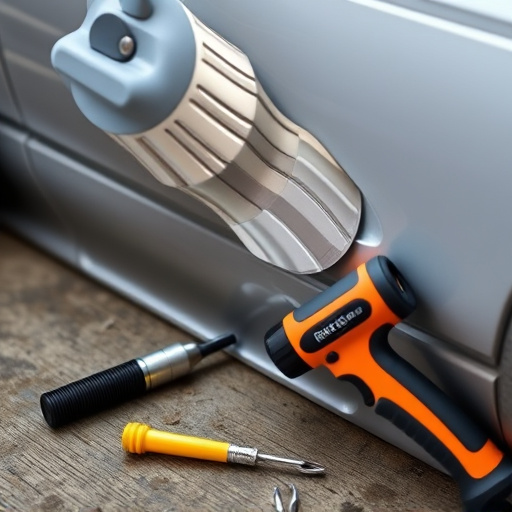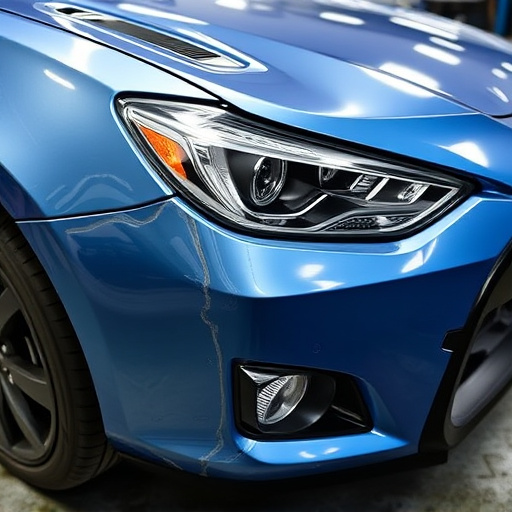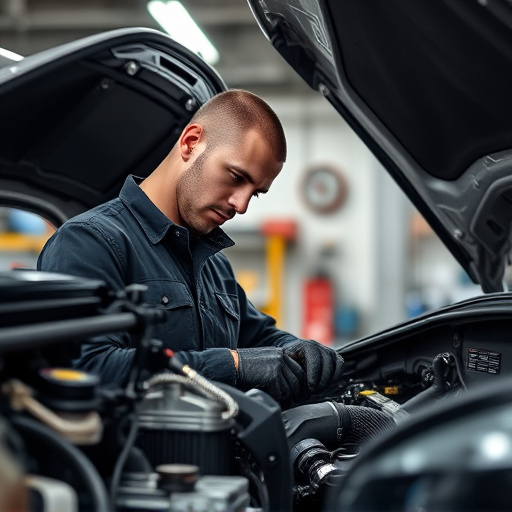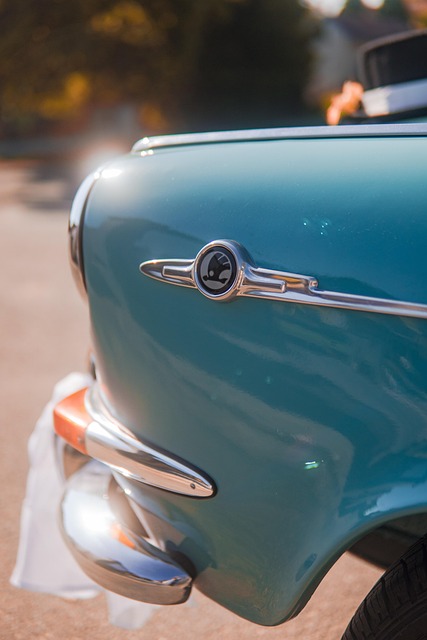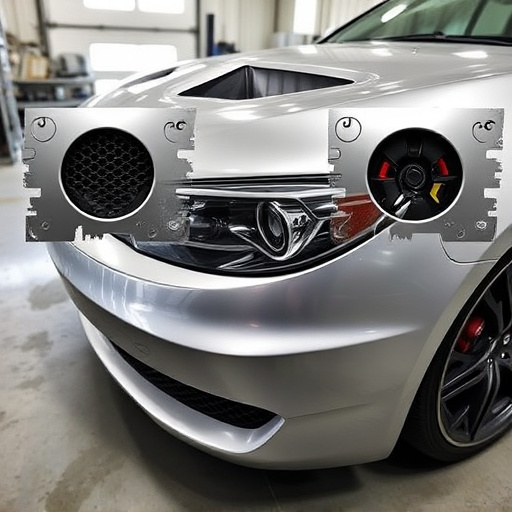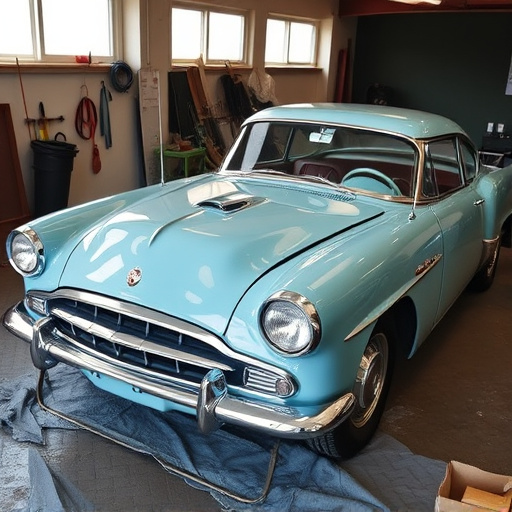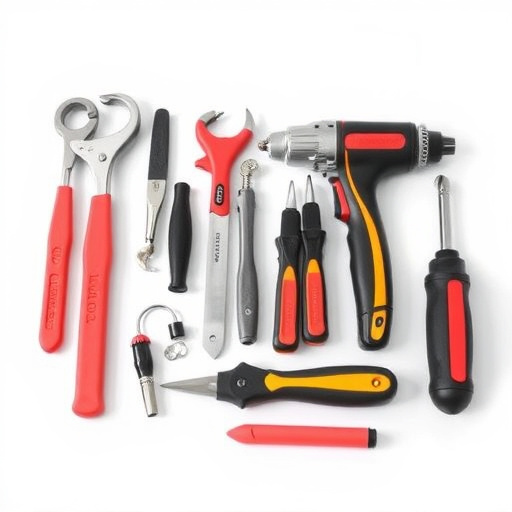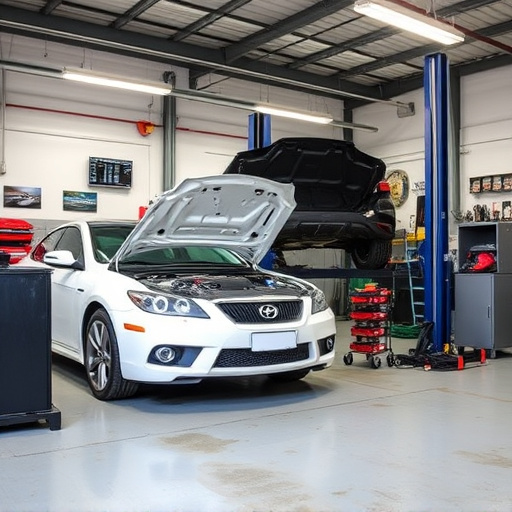Post-car collision repair, regular maintenance is vital for vehicle longevity. This includes routine inspections, alignment, wheel balancing, and detailed paint services to ensure safety and prevent future damage. Thorough checks of paint job, mechanical components, and test drives are essential after repair, addressing any defects or issues early to maximize vehicle lifespan.
After a car collision repair, proper follow-up maintenance is crucial for ensuring the longevity and safety of your vehicle. This comprehensive guide delves into the essential post-collision maintenance schedule, highlighting regular checks needed to safeguard against potential issues. We’ll explore common problems that may arise after repair completion, equipping you with vital knowledge to maintain a smoothly running car following a collision.
- Understanding Post-Collision Maintenance Schedule
- Regular Checks: Ensuring Longevity of Repairs
- Common Issues to Watch After Repair Completion
Understanding Post-Collision Maintenance Schedule
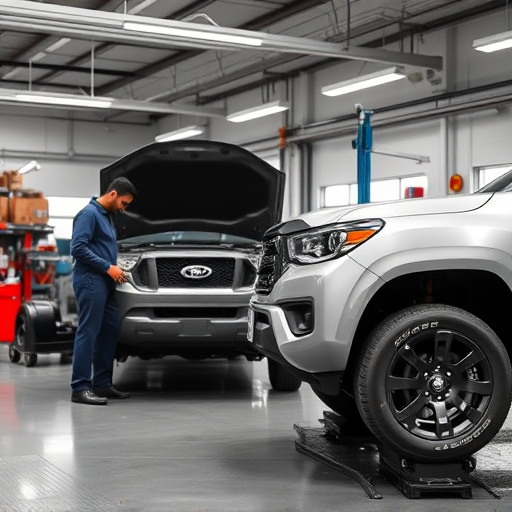
After a car collision repair is completed, understanding the recommended post-maintenance schedule is vital for ensuring your vehicle remains in optimal condition. This typically involves a series of checks and services designed to address potential issues that may arise from the initial impact. The timeline can vary depending on the extent of the damage, but common milestones include an initial inspection, followed by alignment and wheel balancing, and finally, detailed car paint services for any visible repairs or finishes.
Regular visits to a collision center for these checks are essential. Automotive repair services offered at these centers cater to various needs, from minor adjustments to comprehensive collision repair. Keeping up with this maintenance routine not only guarantees the safety of your vehicle but also extends its lifespan by preventing future damage or complications related to the initial collision.
Regular Checks: Ensuring Longevity of Repairs
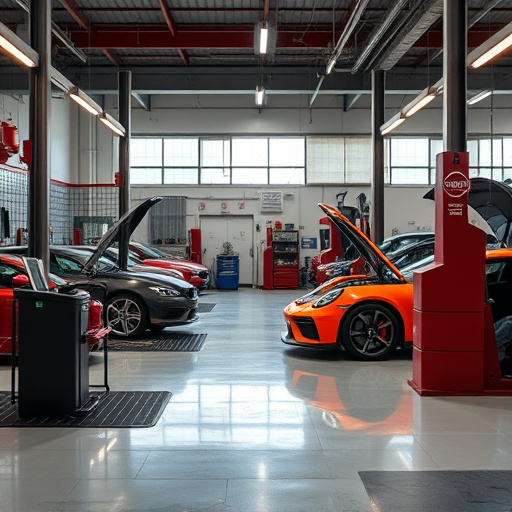
After your car collision repair is complete, regular checks are paramount to ensuring the longevity of the repairs. This includes routine inspections of all newly fixed components, such as the body panels, paint job, and mechanical systems. A detailed visual inspection should be conducted every few weeks to detect any signs of damage or wear that might have gone unnoticed during the initial repair process.
By performing these regular checks, you can promptly address any emerging issues before they escalate. For example, inspecting the bodywork for cracks, dents, or rust spots allows for early intervention and patch-up work. Similarly, routine maintenance of the car’s engine, brakes, and suspension systems through automotive repair services will ensure optimal performance and safety on the road. This proactive approach not only prolongs the life of your vehicle but also prevents more costly repairs down the line.
Common Issues to Watch After Repair Completion
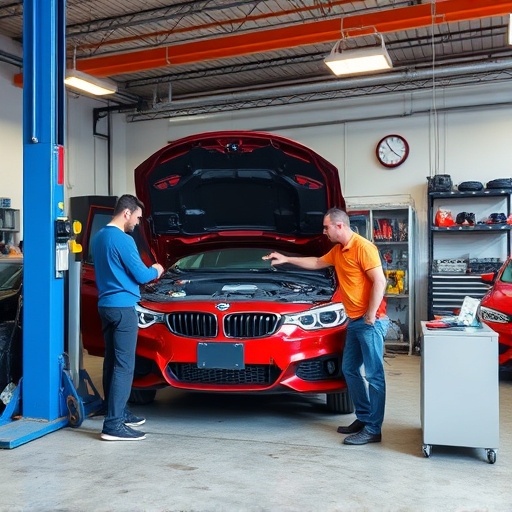
After your car collision repair is complete, there are several common issues to watch out for to ensure your vehicle remains safe and roadworthy. One of the most immediate concerns is the quality of the paint job. Check for any uneven spots, misaligned panels, or inconsistent color shading. These defects could indicate subpar workmanship and may require further attention from your trusted auto body services provider.
Additionally, inspect all mechanical components, especially those around the impact zones. Looseness in bolts, irregular wear patterns on brakes, and strange noises coming from the engine bay are potential red flags. Regularly scheduled test drives after repair completion can help identify any unusual vibrations or handling issues that may persist. Remember, a reputable car repair shop will often provide follow-up maintenance checks to ensure everything is functioning optimally.
After completing car collision repair, proper follow-up maintenance is crucial for ensuring the longevity and safety of your vehicle. By understanding the post-collision maintenance schedule, conducting regular checks, and staying vigilant for common issues, you can help guarantee that your repairs hold up over time. Regular upkeep not only preserves the quality of your fix but also enhances its overall performance and value, making it a vital step in the car collision repair process.
